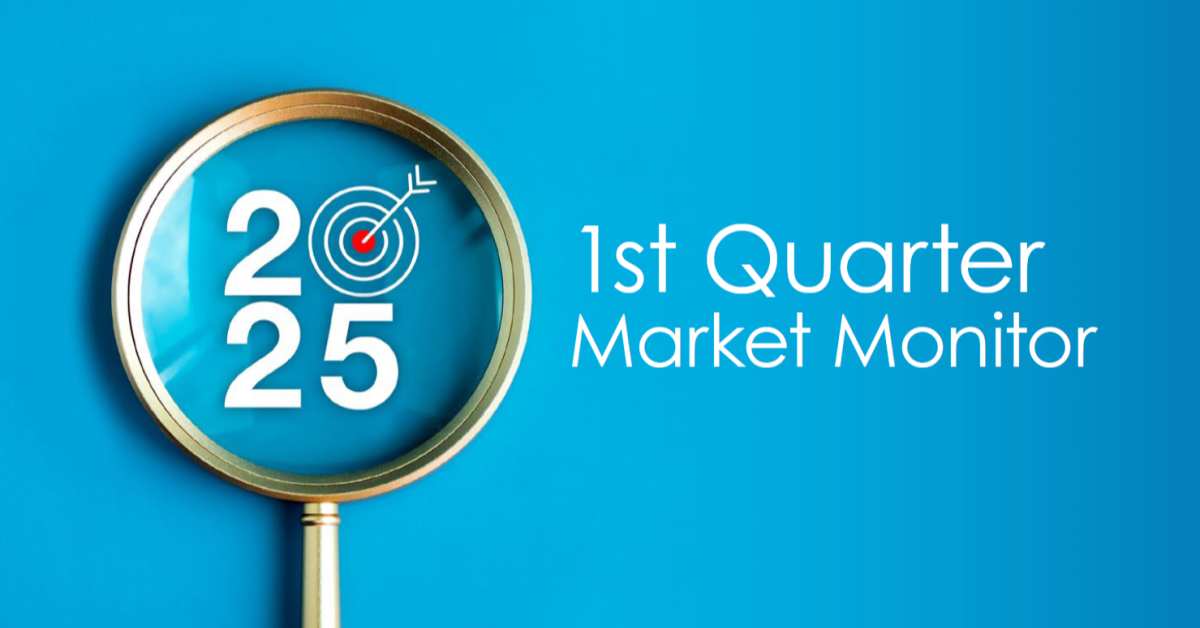Fixed Income
The Bloomberg Aggregate produced its third worst quarterly return since 1976 ending down -5.9 percent.
The Federal Reserve (Fed) began efforts to bring about greater price stability and raised the Federal Funds rate 0.25 percent at their March meeting to a target of 0.25 – 0.50 percent. Markets moved ahead of the Fed by selling bonds which pushed the yield on the 10-year Treasury up by 0.8 percent. This impacted all types of bonds, especially those with longer duration (interest rate sensitivity) profiles.
During the quarter, the heavily watched 2-year vs 10-year spread turned negative briefly. This Farmers’ Almanac-like indicator has sounded its warning ahead of every recession since 1976. However, this indicator should come with its own warning label. In the last six instances this has occurred it has done so, on average, nearly two years ahead of a recession.

Globally, the circumstances are less clear around central bank policies than they are in the U.S. China, the world’s second largest economy, has been easing on the back of poor equity market returns and a slowing economy while Europe is bracing for the follow-on impact from Russia’s actions. Should E.U. economies slow, the European Central Bank may not be as motivated as the Fed to increase policy interest rates.
Equity
In the U.S., the quarter began with equity investors re-running their math on highly priced businesses amid a regime of rising interest rates. This created heavy dispersion between the haves and the have nots with expensive securities selling off and less expensive securities rallying. This created a nearly 51 percent difference between the best returning equity sector (Energy: +39.0 percent) and the worst (Communication Services: -11.9 percent). While the start of the quarter began with the largest names in the S&P 500 selling off, it ended with a strong rally in March pulling markets off their quarterly lows. In fact, four of the five largest names in the U.S. outperformed the index broadly. However, equity markets were still negative for the quarter, with the S&P 500 returning -4.6 percent.
March did not prove as fruitful for international and emerging markets which started the quarter ahead of the S&P 500 but succumbed to geopolitical volatility and a strengthening dollar. The U.S. dollar index rose 2.2 percent for the quarter as the Fed increased interest rates at a faster pace than peer countries. The MSCI EAFE closed the quarter down -5.9 percent and MSCI Emerging down -7.0 percent.
Real Assets
The bright spot in a dreary quarter, real assets broadly performed well, with commodities in particular moving ahead. Both Russia and Ukraine are important suppliers of energy commodities, metals and agricultural products, such as wheat and fertilizer, to global markets. Conflict between the two led to great concerns of supply issues and complicated demand dynamics with sanctions. These events, coupled with tight supply chains and production issues globally, propelled prices higher.
Real estate performance mimicked broader equities with higher valuation segments like data centers and towers selling off (-14 percent and -12 percent respectively) and defensive segments like health care and lodging showing better results (5 percent and 7 percent respectively).
Lastly, infrastructure and natural resource equities were buoyed by higher costs to the products they sell and performed better than the broad market.
While it has been a busy quarter our outlook remains similar to how we entered the year. One of increased volatility, expectations for persistent, but ultimately slowing inflation, and the realistic struggles fixed income may face to produce positive real returns in the coming years. Due to these circumstances and the uncertainty of events ahead, we remain committed to a thoughtfully diversified portfolio built with resiliency in mind.



